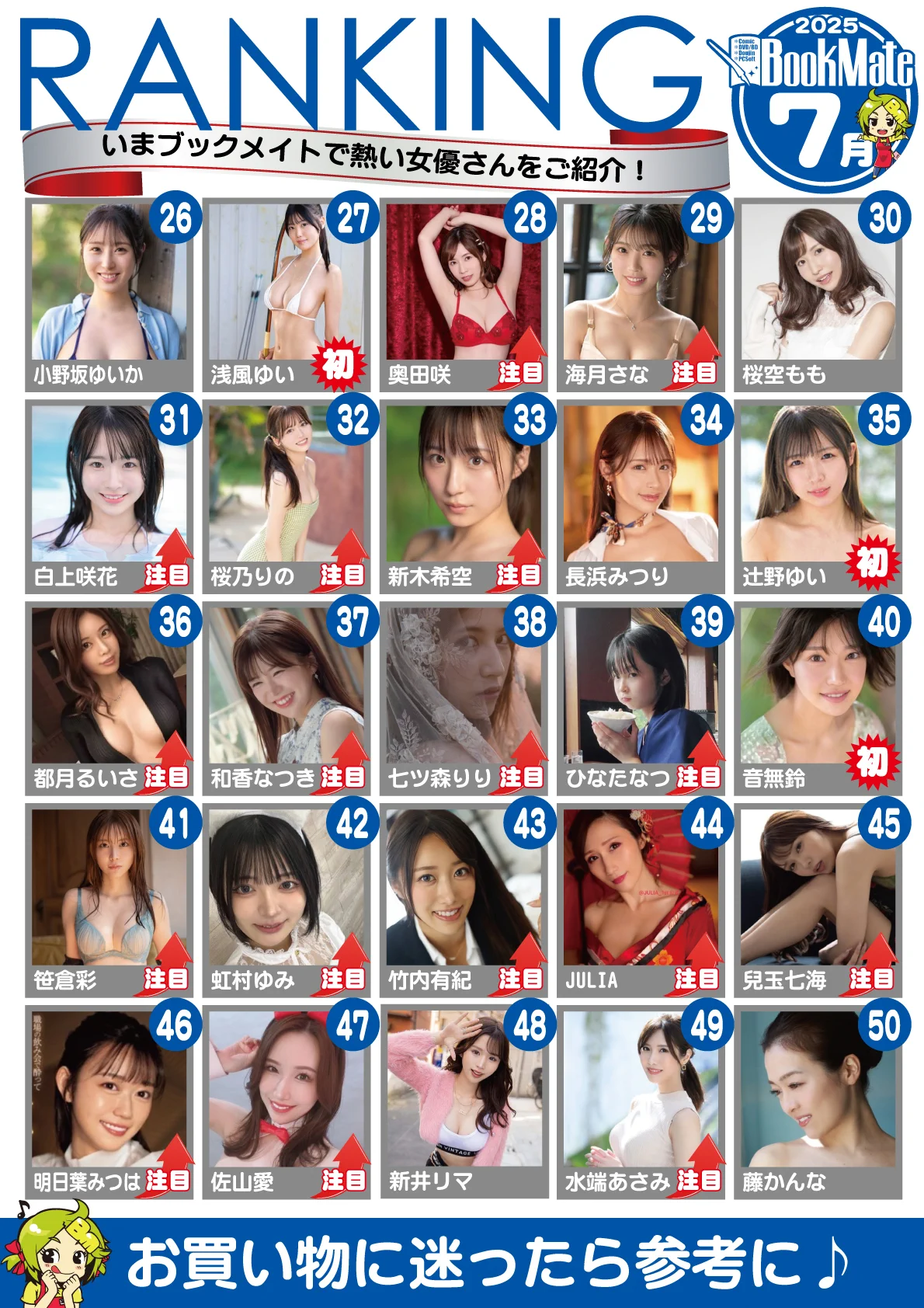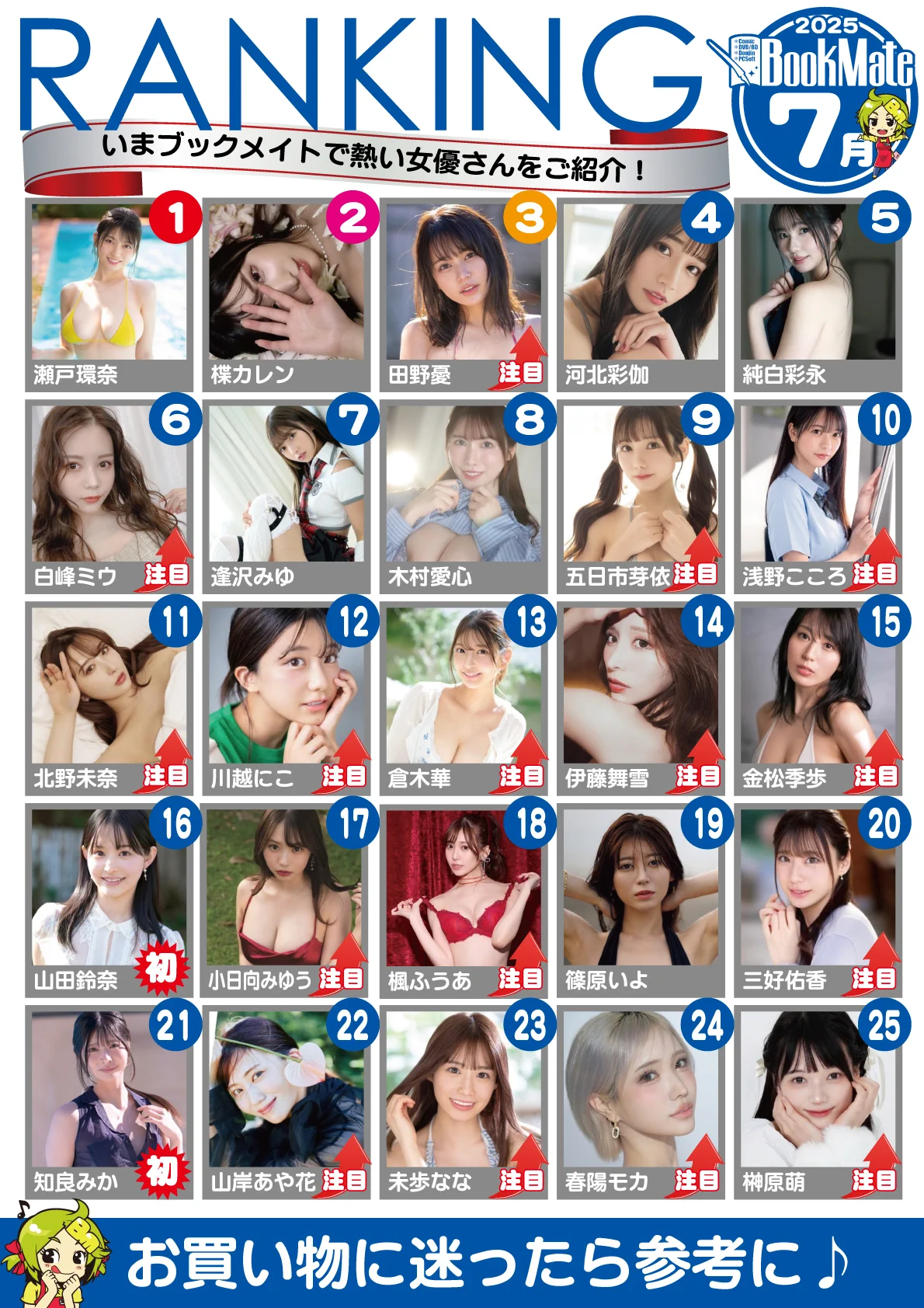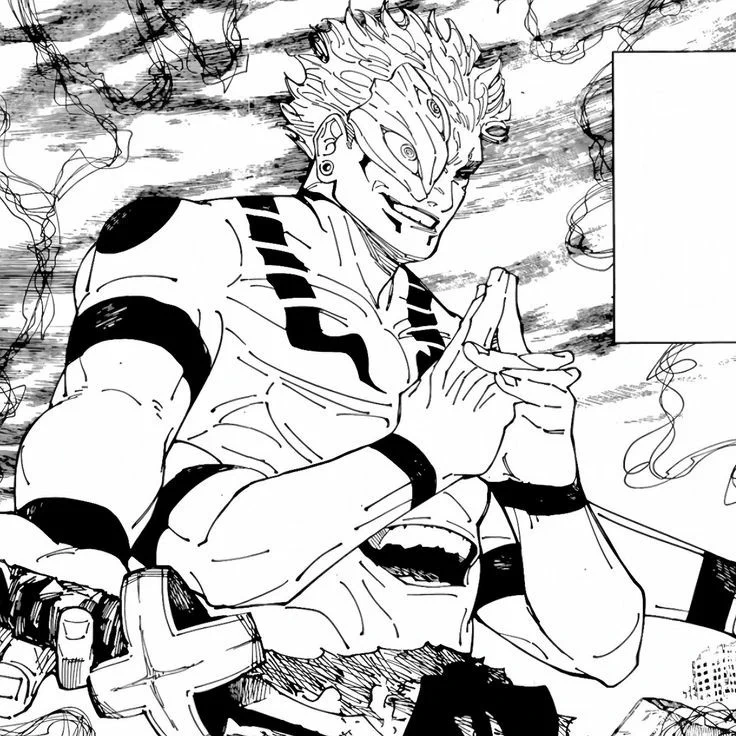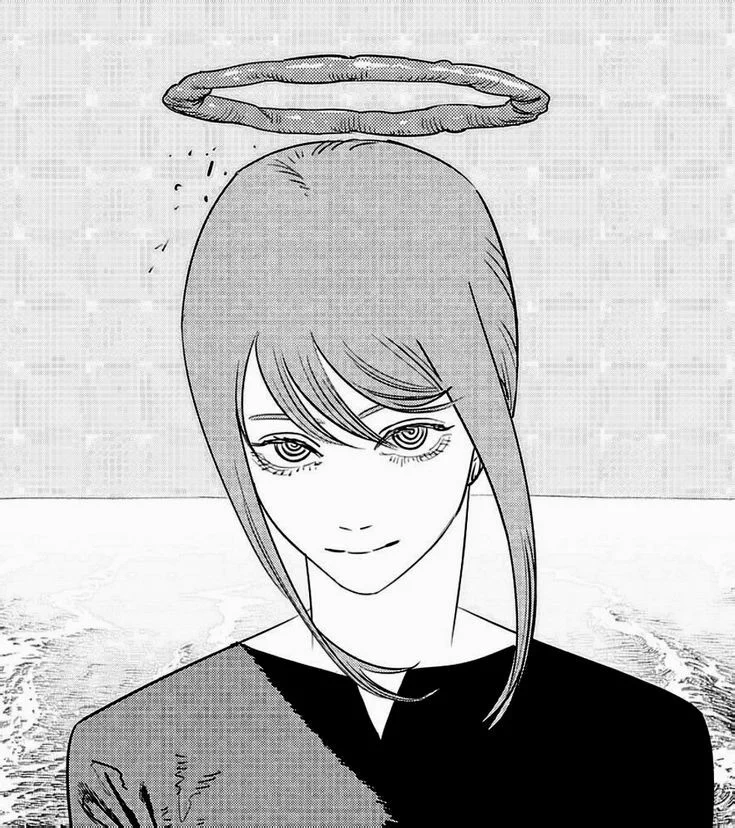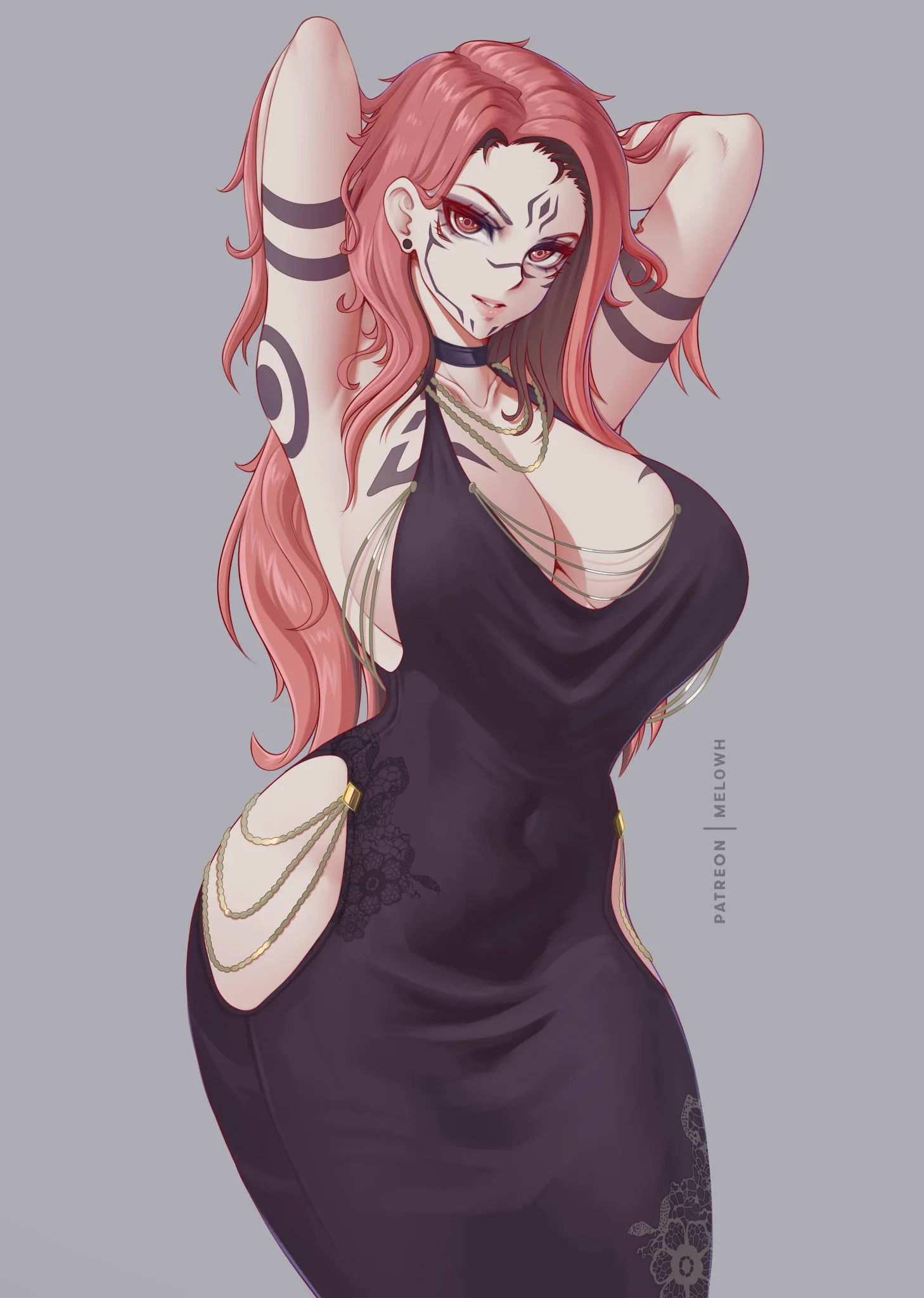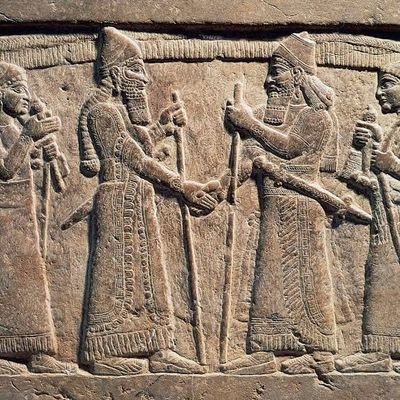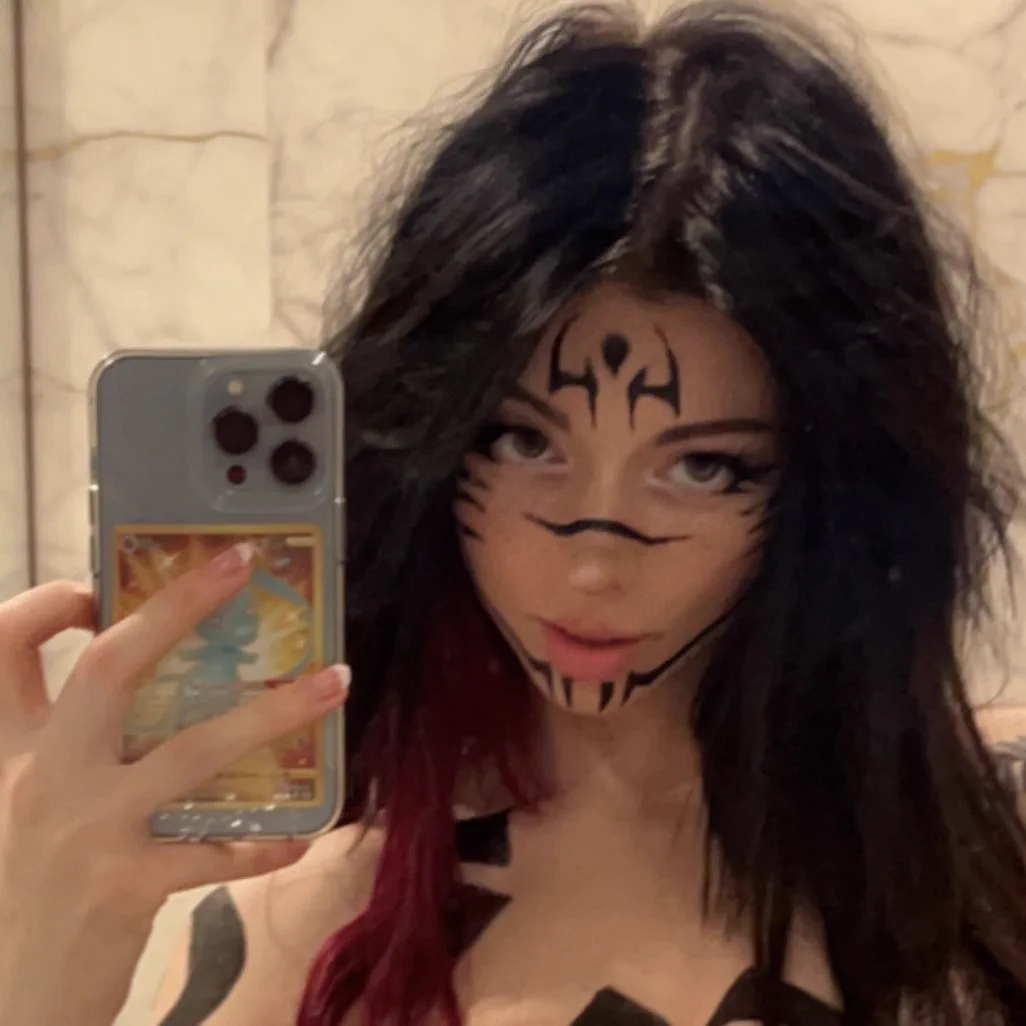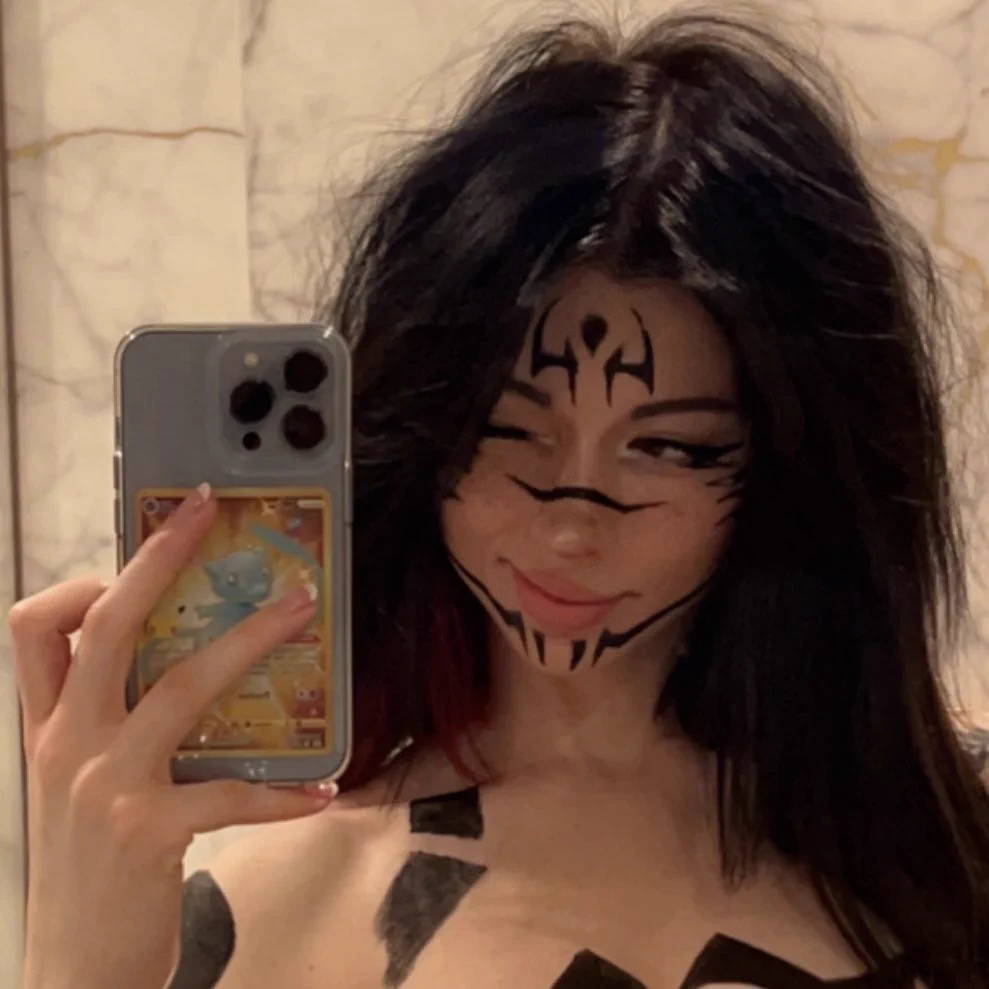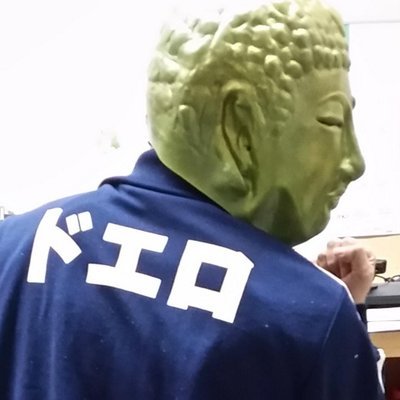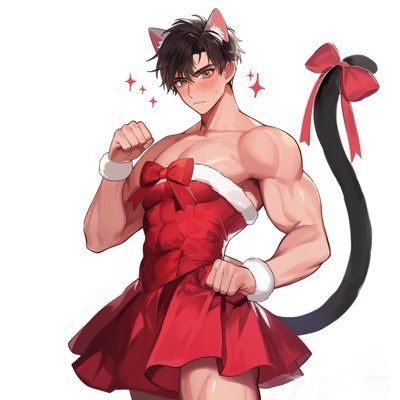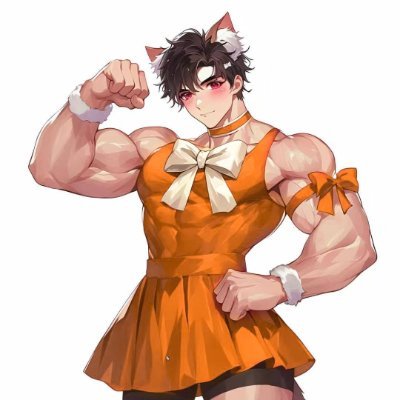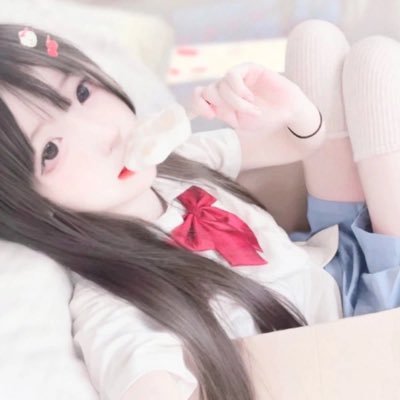Sumo is thought to have developed from contests of strength and there have been other similar games since ancient times, such as wrestling, that have originated all over the world. The beginning of sumo dates back to mythological times. Oldest mention appears to be the myth of Kuniyuzuri (ceding of land) in Kojiki (Records of Ancient Matters), in which there was contest of strength between gods Takemikazuchi no Kami and Takeminakata no Kami. In addition to this, Ame no Tajikarao no Mikoto, who was proud of his superhuman strength and who opened up Ama no Iwato (cave of heaven), seen as god of sumo. According to Nihonshoki (Chronicles of Japan), contest of strength between Nomi no Sukune and Taima no Kehaya in article for 26 BC is said to be origin of Sumo. Nomi no Sukune, who won, has also been worshiped as a god of sumo. Throughout Japan, 26 shrines are dedicated to Nomi no Sukune with Nominosukune-Jinjya Shrine in Sumida Ward, Tokyo, being most often visited by sumo wrestlers and officials. Sumo became a part of annual imperial ceremonies, called Sumai no sechie and held around the time of Tanabata (Star Festival) every year. Elite sumo wrestlers are chosen from all over country and wrestle in tournament. During Kamakura Period, Minamoto no Yoritomo became patron of sumo and tournaments came to be held on festival days at numerous shrines. These exhibitions became popular among Shoguns and their powerful commanders. Later, during Edo Period, “Kanjin Zumo” tournaments were held frequently as charity for temples and shrines. This led to remodeling of organization of tournaments, leading to current Grand Sumo Tournaments. From this perspective, sumo can be seen as one of earliest sports to be commercialized and professionalized in Japan. You may have seen sumo wrestlers clapping their hands in prayer during Dohyo-iri (ring-entering ceremony) of Grand Sumo Tournament. They perform this action because Dohyo is considered to be place where Gods dwell. Dohyo-Matsuri Festival is conducted by a tate-gyoji (head referee in sumo). Joining him are saishu (head priest), makuuchi-gyoji (referee for makuuchi division), juryo-gyoji (referee for juryo division) and waki-gyoji (two assistant referees) day before an official tournament begins. This festival is part of Jichinsai (ground-breaking ceremony), which is performed over a newly constructed dohyo. Saishu recites a Shinto prayer and offers gifts to pray for safety and success of the tournament. The well-being of the nation and a huge harvest are also prayed for. At the ceremony, items of good tidings such as salt, seaweed, dried squids, dried chestnuts, rice, torreya-nuts, etc., are buried in the center of the dohyo as offerings to the gods protecting the dohyo. Dohyo-Matsuri Festival is performed at all sumo tournaments held for shrines. These tournaments are held to pray for peace, family prosperity, a rich harvest, and bountiful fishing, just to name a few things. In Japan, “Hitori-zumo,” (wrestle with oneself), is used to mean someone working desperately on something for no one in particular, or even pointlessly. Term originated in Shinto ritual held at Oyamazumi-Jinjya Shrine in Omishima, Ehime Prefecture. This Shinto ritual is performed during both Ondaue-Matsuri (rice planting festival) every spring on May 5 and the Nukibo-Sai (rice harvesting festival) every autumn on September 9, both by lunar calendar. It is performed to pray for a good harvest on a dohyo constructed between building called “Osajiki Den” and special rice field offered to the gods called the “Shinsen Den.” A three-point match is held between an invisible rice spirit and a sumo wrestler. In this contest, rice spirit will always win by 2 victories and 1 defeat. It is quite comical to witness since the man seems to be wrestling by himself. This ceremony is where term “hitori-zumo” originates. Originally, though, it was an important ceremony for praying for a rich harvest. © inside.japan #archaeohistories#
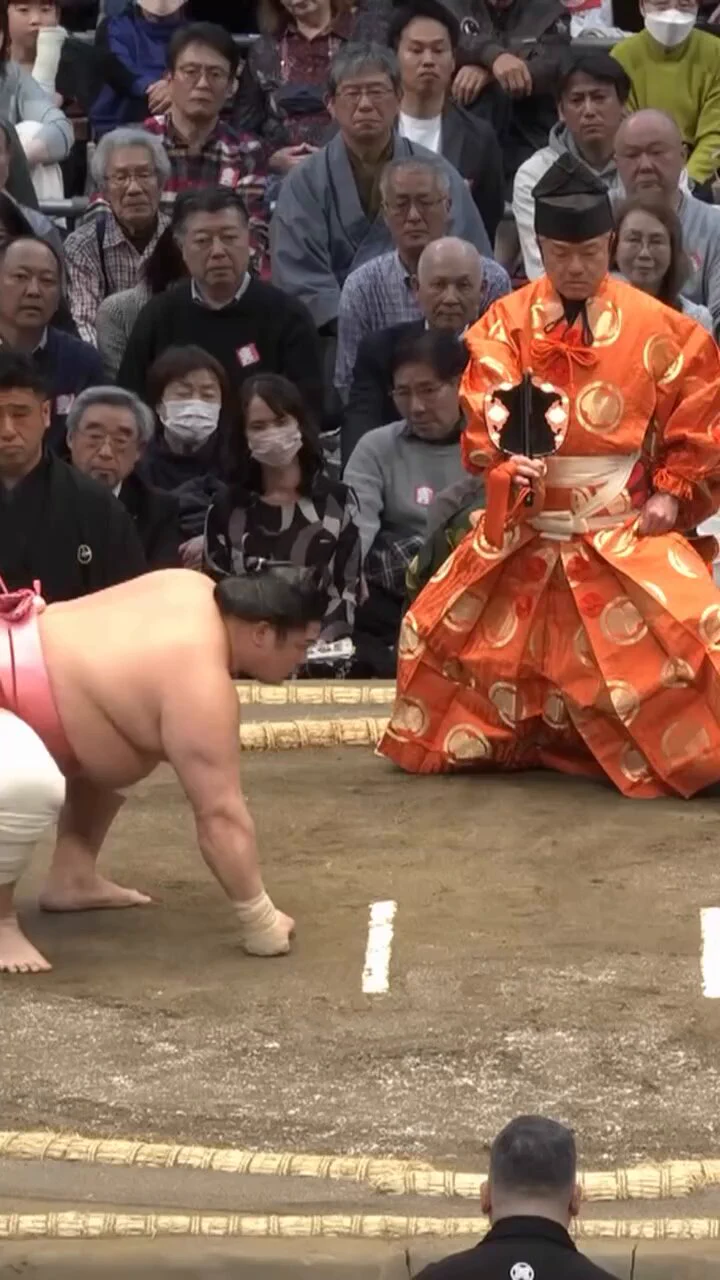
What are you looking at? 小心我把你吃掉 #sukuna# #sukunaryomen# #JujustuKaisen#

顏面最強、當過偶像還是個好學生!她是IP社的王道美少女! 一口氣又是四位新人出道,ideapocket(アイポケ,IP社)看起來真的是大換血了;而7月,這位「山田鈴奈」絕對是這家偶像片商的希望所在:臉蛋最強、身材姣好,一身的偶像味啊〜 #山田鈴奈# 請追蹤 @suzuna_0307

【2025年7月】 月間セクシー女優ランキング 1位~50位❣(100位までは次のポストへ) 瀬戸環奈(@kanna_seto0510) 楪カレン(@yuzuriha_karen) 田野憂(@_yu_8_8) 河北彩伽(@Saika_Kawakita) 純白彩永(@mashiro__sana) 白峰ミウ(@shiromine_miu) 逢沢みゆ(@Aizawa_miyu03) 木村愛心(@ako_kimu) 五日市芽依(@5may_itsukaichi) 浅野こころ(@korokorococoroo) 北野未奈(@kitano_mina) 川越にこ(@kawagoeniko) 倉木華(@hana_kuraki87) 伊藤舞雪(@mayukiito) 金松季歩(@kiho_kanematsu) 山田鈴奈(@Suzuna_307) 小日向みゆう(@miyu_kohinata) 楓ふうあ(@kaede_fu_a) 篠原いよ(@iyo_shinohara) 三好佑香(@Miyoshi_style) 知良みか 山岸あや花(@ayakayamagishi_) 未歩なな(@miho_nanachan) 春陽モカ(@haruhi__moka) 榊原萌(@moe_millky) 小野坂ゆいか(@yuika_onosaka) 浅風ゆい(@Yui_Asakaze) 奥田咲(@okusakinyan) 海月さな 桜空もも(@sakumomo1203) 白上咲花(@emika_shirakami) 桜乃りの(@sakurano_rino) 新木希空(@araki_noa_) 長浜みつり(@mitsuri_n0601) 辻野ゆい 都月るいさ(@totsukiruisa) 和香なつき(@waka_natsuki_ys) 七ツ森りり(@riri_nntmr) ひなたなつ(@natsu_hinata_tp) 音無鈴(@osuzu_chan1022) 笹倉彩(@aya_sasakura) 虹村ゆみ(@nijimurayumi710) 竹内有紀(@YukiTake_life) JULIA(@JULIA_1stid) 兒玉七海(@_KodamaNanami_) 明日葉みつは(@ashitaba_taba) 佐山愛(@AiSayama) 新井リマ(@Arai_rima) 水端あさみ(@mizuhata_asami) 藤かんな(@fuji_kanna8)
